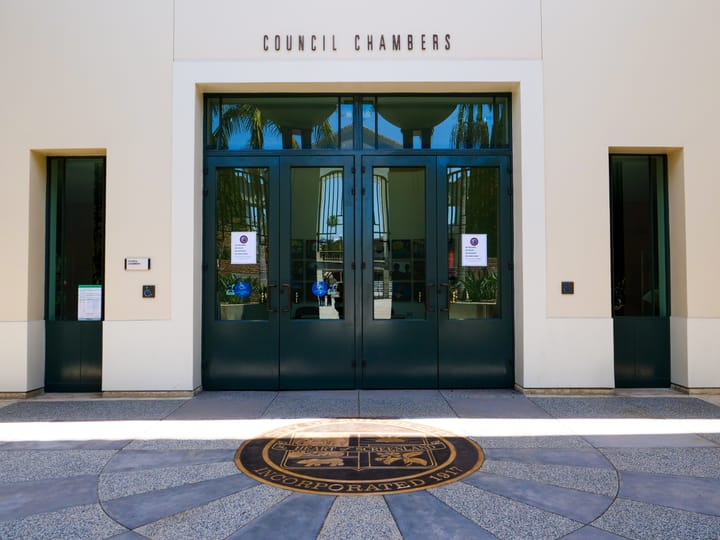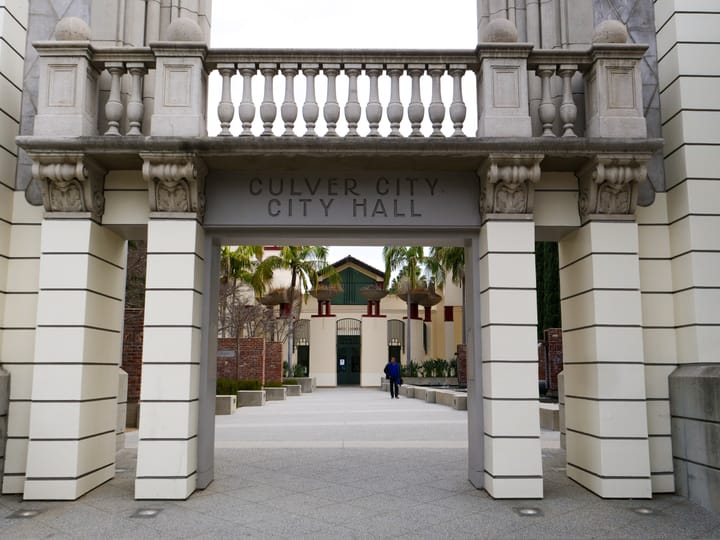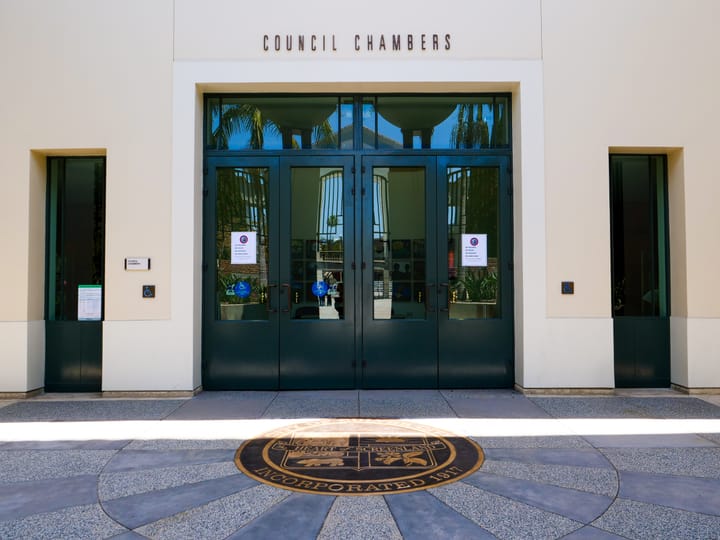Dear Culver City: Correcting and Clarifying the Record on Gun Store
EDITOR'S NOTE: This piece was submitted by a source unaffiliated with Culver Crescent and does not represent the opinion of The Crescent or its writers.

EDITOR'S NOTE: This piece and others in the "Dear Culver City" series are editorial pieces submitted by sources unaffiliated with Culver Crescent. The sentiments expressed in these articles do not represent or confirm the stance or opinions of Culver Crescent or any of its writers. Culver Crescent has not verified statements of fact made in these pieces. Any claims made in Dear Culver City pieces should not be taken as fact unless corroborated by independent research or data.
By Jeanne Black
I appreciate the Culver Crescent’s efforts to keep the Culver City community informed about important topics in our community. As a member of the Planning Commission, I would like to clarify some of the information in the article “Planning Commission settles on recommendation for former Gun Store property,” published on September 29, 2025.
This letter expresses my own observations only; it does not reflect the Planning Commission or the City of Culver City.
The article states the West Hollywood Community Housing Corporation (WHCHC) proposal is “the only proposal to include the 30% AMI income bracket.” In fact, the proposals from the Venice Community Housing Corporation (VCHC) and Decro also included units for extremely low-income households earning up to 30% of AMI (Area Median Income).
What distinguished the WHCHC proposal was the number of these units: 17, representing 25% of the 67 total units. This compares with 5 units at this level in the 42-unit VCHC proposal and 8 in the 37-unit Decro proposal.
The affordability of the WHCHC project is not based on “an agreement with an architect.” The proposal states “the project relies on incomes from the 80% AMI units to absorb operational expenses.” “Federal Tax Credit Equity” refers to the Low Income Housing Tax Credit program.
The federal LIHTC program is by far the largest source of funding for the development of affordable housing in the United States. Federal tax credits are allocated to each state; the One Big Beautiful Bill Act increases the amount of the credits by 12%, beginning in 2026.
In California, the tax credits are then awarded to developers on a competitive basis by the California Tax Credit Allocation Committee. A non-profit developer like the WHCHC doesn’t need income tax credits itself, because its income is non-taxable.
There is an established process for the developer to “sell” the tax credits in exchange for equity investment in the project (click here for more information). The California Department of Housing and Community Development (HCD) sources for the WHCHC project are proposed to be a long-term, low-interest, deferred payment loan from the Multifamily Housing Program (funded under the Veterans and Affordable Housing Bond Act of 2018), and a grant from the Infill Infrastructure Grant program.
WHCHC has a strong record of securing HCD funding, reflected by the fact that the city’s affordable housing consultant, Keyser Marston Associates, rated the financial feasibility of WHCHC’s proposal the strongest among the five. The city’s financial contribution would be limited to a 55-year ground lease of the property.
The statement “The inclusion of a revenue-generating aspect was among the three main priorities the community shared with city staff through survey responses” seems misleading.
According to the staff report, the top two suggestions obtained through the community input process were Affordable Housing and Community/Recreation Center. Commercial Development (restaurant, store, business) and Arts Center were nearly tied for third. The RFP assigned twice as many evaluation points for the Affordable Housing Program and for Development Vision/Design Quality as for City Revenue Generation, which was defined as ”land sale, land lease, tax revenue, etc.”
I also would like to clarify that while some commissioners mentioned the King Fahad Mosque in commenting on the proposed building height, I did not.
I am very excited about the proposed vision for this centrally located infill property, and I appreciate the opportunity to clarify the information contained in the applicants’ proposals.
Jeanne Black, PhD, MBA has lived in Culver City for 27 years. She is chair of the CCUSD Measure E Citizens' Bond Oversight Committee and a Culver City Planning Commissioner. Prior to her retirement, she was Associate Director for Health Policy and Program Evaluation at Cedars Sinai.




Comments ()